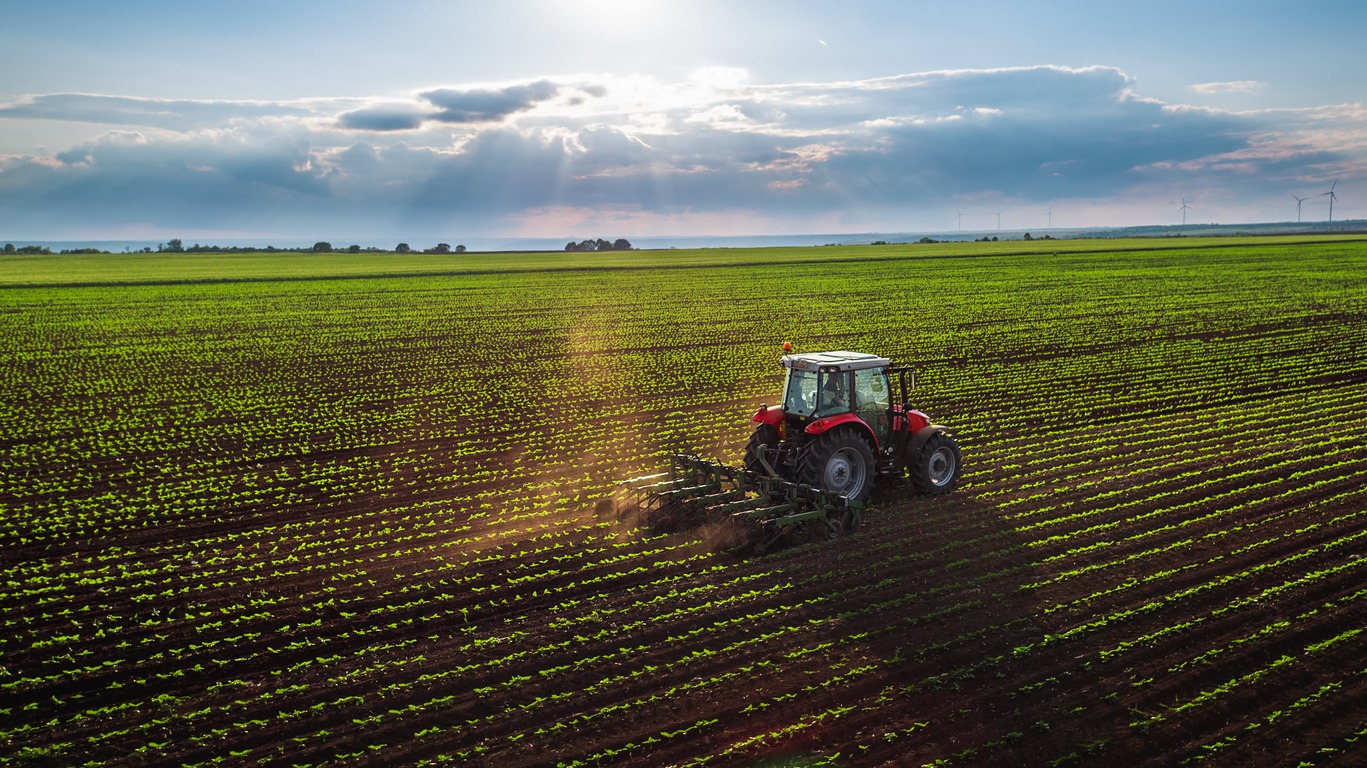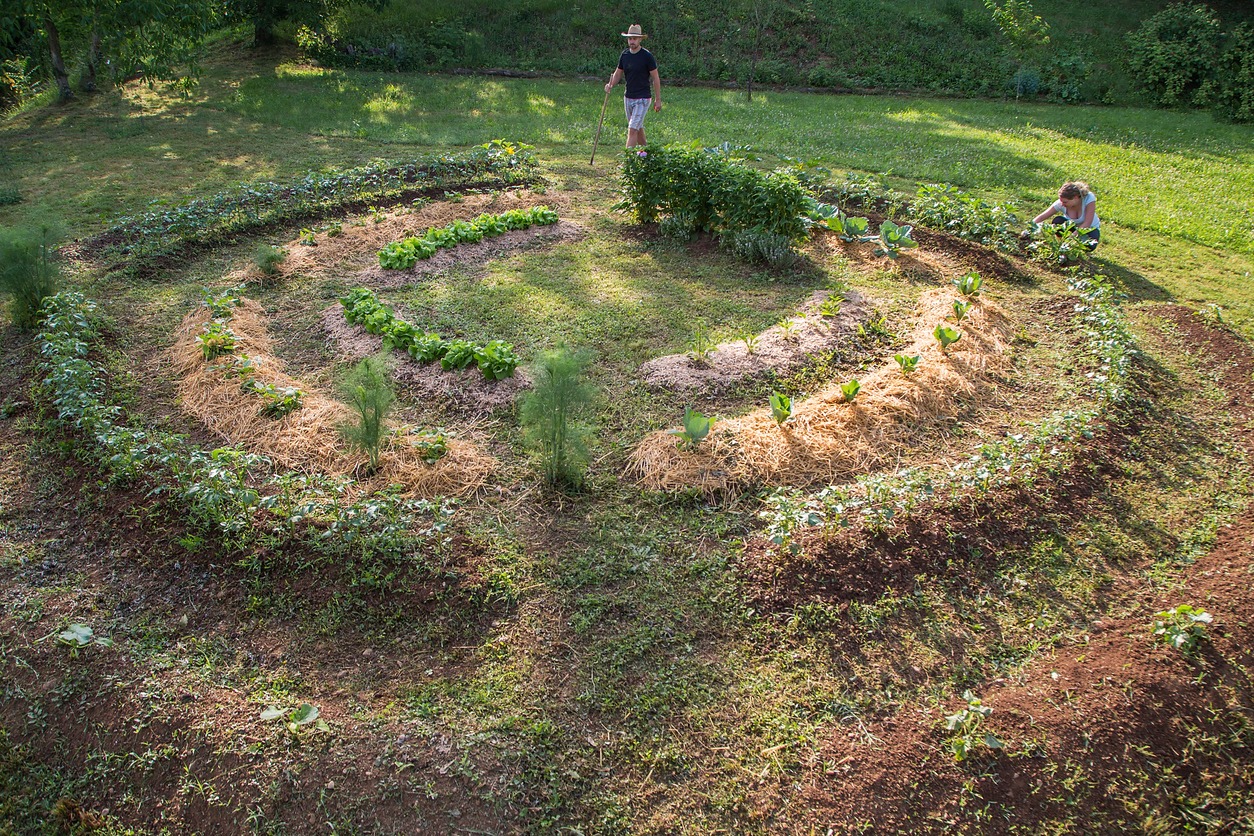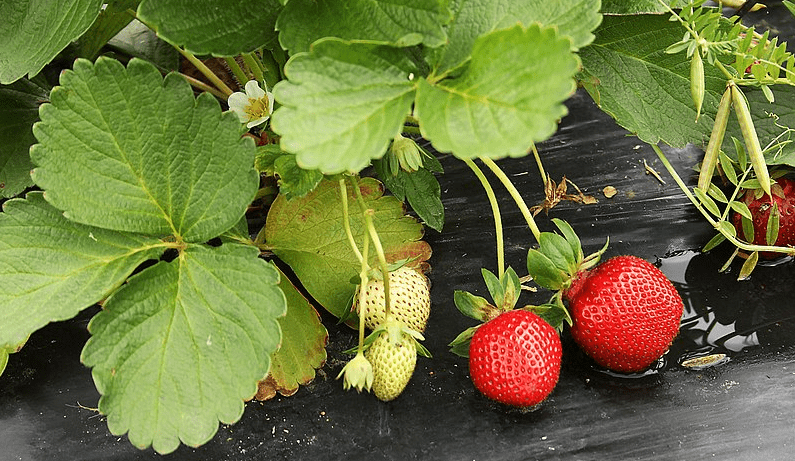Sustainable Farming Practices Every Homesteader Should Know
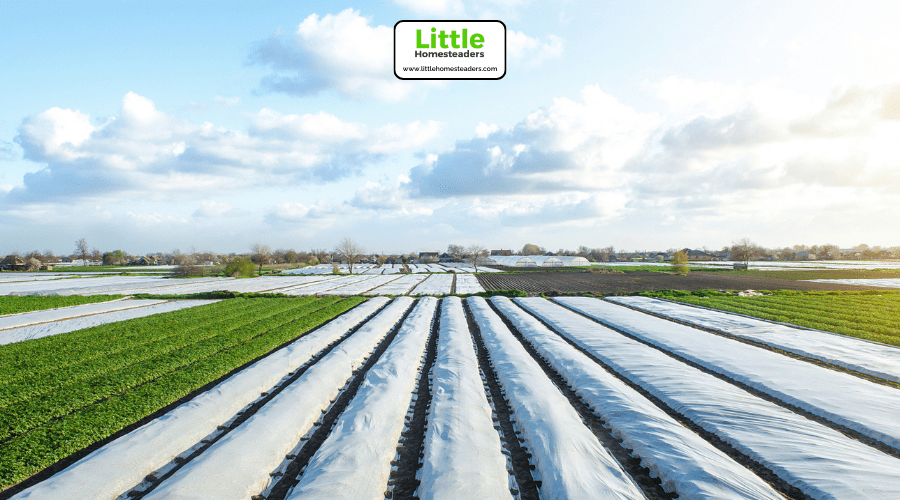
Sustainable farming is more than a practice—it’s a way of life that prioritizes harmony with the environment, food security, and long-term productivity. Homesteaders who embrace these principles can cultivate thriving ecosystems while reducing their environmental footprint and increasing self-sufficiency. Whether you’re just starting your homestead journey or looking to enhance your existing setup, these essential sustainable farming practices will help you create a resilient and productive farm.
Soil Health and Restoration
Healthy soil is the foundation of a successful homestead. It’s not just about dirt—it’s a living ecosystem that supports crops, retains water, and cycles nutrients. Neglecting soil health can lead to reduced yields, erosion, and increased dependence on synthetic inputs, but nurturing it will reward you with sustainable abundance.
- No-Till Farming: By avoiding plowing or tilling, you preserve the soil’s structure and protect the microorganisms essential for nutrient cycling. No-till farming reduces erosion, increases water retention, and promotes long-term soil fertility. For homesteaders, this practice is especially beneficial because it requires less labor while improving soil resilience.
- Cover Cropping: Cover crops, such as clover, rye, or vetch, act as natural protectors for your soil. They suppress weeds, prevent erosion, and fix nitrogen in the ground. After their growing cycle, these crops can be tilled into the soil as green manure, further enriching it.
- Composting: Compost is a homesteader’s best friend. It’s not just a way to recycle food scraps and yard waste—it’s a nutrient powerhouse for your soil. Compost adds organic matter, improves water-holding capacity, and boosts microbial activity. Start small with kitchen scraps, dried leaves, and livestock manure, and watch as your soil transforms.
Pro Tip: Test your soil annually to determine its nutrient composition and pH. Use natural amendments like kelp, bone meal, or rock dust to address deficiencies without synthetic fertilizers.
Integrating livestock into your farming system is another powerful way to enhance soil health. Manure from chickens, goats, or cows adds essential nutrients and organic matter, enriching the soil over time. Rotational grazing ensures that pastures recover, preventing overgrazing and soil compaction. Together, these practices lay the groundwork for a productive and sustainable homestead.
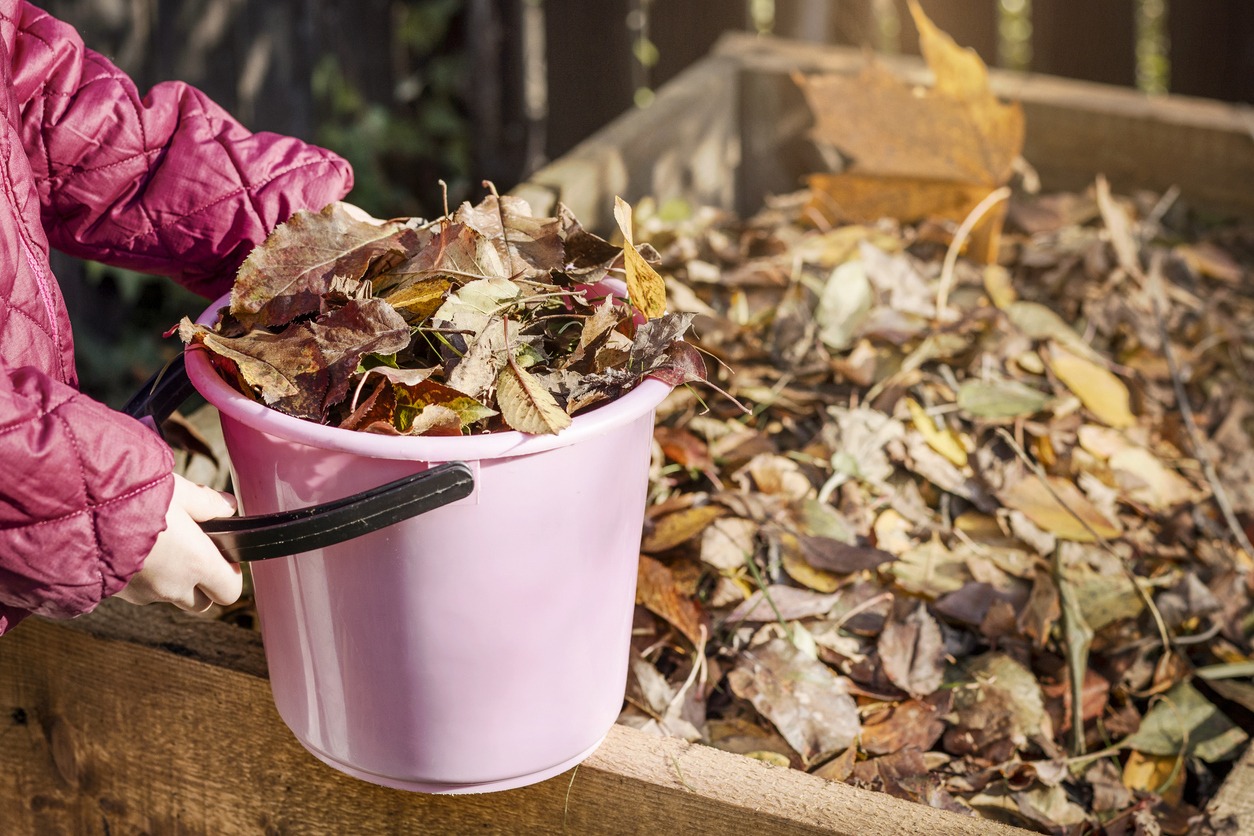
Crop Rotation Techniques
Crop rotation is an age-old farming practice that remains a cornerstone of sustainability. By varying the types of crops you plant in a given area each season, you prevent soil depletion, break pest cycles, and improve overall garden productivity.
- Pest and Disease Management: Many pests and diseases target specific crops. By rotating crops, you disrupt their life cycles, reducing infestations naturally. For instance, if you plant tomatoes in one bed this year, avoid planting them in the same spot next year to discourage soil-borne diseases.
- Boosting Fertility with Nitrogen-Fixers: Crops like peas, beans, and alfalfa have the unique ability to fix nitrogen in the soil. By incorporating these into your rotation plan, you reduce the need for synthetic fertilizers while enriching the soil for future crops.
- Long-Term Planning: Effective crop rotation involves more than annual changes—it requires a multi-year plan. Alternate heavy feeders like corn with light feeders like carrots, and include cover crops to replenish nutrients.
Example Plan:
- Year 1: Corn (heavy feeder)
- Year 2: Beans (nitrogen-fixer)
- Year 3: Carrots or lettuce (light feeder)
- Year 4: Clover (cover crop)
For homesteaders, thoughtful crop rotation ensures steady yields and healthier soil year after year.
Water Conservation Methods
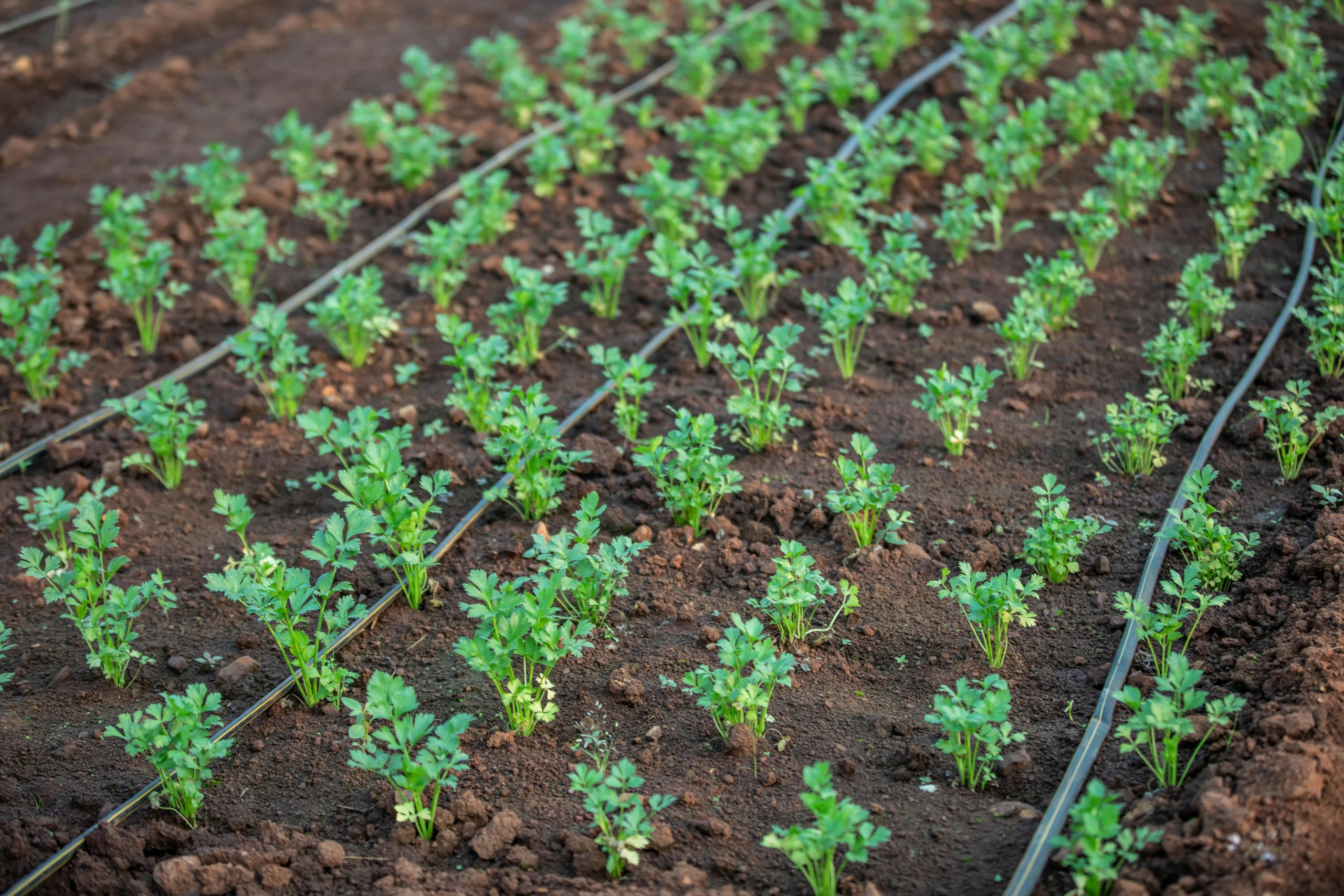
Water is one of the most valuable resources on any homestead, and conserving it is key to sustainability. Efficient water use not only saves money but also ensures that your plants and animals have a reliable supply during dry periods.
- Drip Irrigation: Unlike traditional sprinklers, drip irrigation delivers water directly to plant roots. This reduces evaporation and runoff, ensuring that every drop counts. For larger gardens, installing a drip system can significantly cut water waste while keeping your crops hydrated.
- Rainwater Harvesting: Collecting rainwater is an easy and eco-friendly way to supplement your water supply. Simple systems like rain barrels connected to gutters can store water for irrigation, cleaning, or livestock needs. For larger operations, consider underground cisterns for increased storage capacity.
- Mulching: Mulch acts as a protective barrier for your soil, reducing evaporation, suppressing weeds, and maintaining consistent soil temperatures. Organic mulches, such as straw or wood chips, gradually decompose, adding nutrients to the soil.
Native and drought-tolerant plants can further reduce water demands on your homestead. These species are adapted to local conditions and often require minimal irrigation once established. By combining these strategies, you can create a water-efficient system that supports your crops and conserves this precious resource.
Integrated Pest Management (IPM)
Pest control doesn’t have to rely on harmful chemicals. Integrated Pest Management (IPM) is a holistic approach that balances pest populations while preserving beneficial insects and protecting your crops.
- Biological Controls: Beneficial insects like ladybugs, lacewings, and parasitic wasps can be your greatest allies. They naturally prey on harmful pests, keeping populations in check without disrupting the ecosystem.
- Cultural Practices: Healthy soil, proper spacing, and crop rotation are your first lines of defense against pests. These practices create an environment where plants thrive and pests struggle.
- Mechanical Solutions: Simple tools like row covers, sticky traps, and hand-picking can effectively manage pests without chemicals. For instance, placing netting over brassicas prevents cabbage moths from laying eggs.
Pro Tip: Keep a garden journal to track pest activity, weather patterns, and the effectiveness of your interventions. This will help you adapt your IPM strategy year by year.
When chemical intervention is necessary, opt for low-toxicity, eco-friendly options and apply them sparingly. This balanced approach ensures that your garden remains productive while supporting biodiversity.
Sustainable Livestock Practices
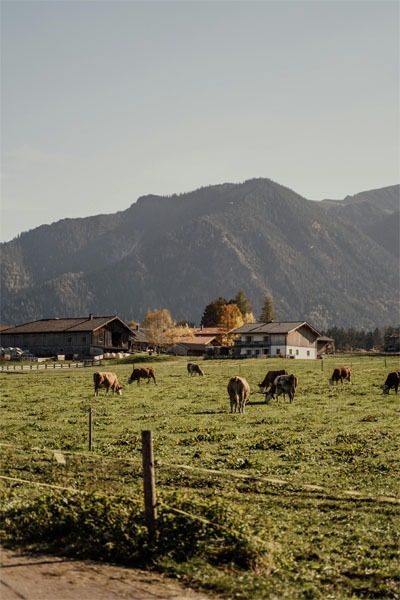
Livestock can be an integral part of a sustainable homestead, providing food, labor, and natural fertilizer. By adopting eco-friendly practices, you can ensure that your animals benefit the land rather than depleting it.
- Rotational Grazing: Move animals between pastures to prevent overgrazing and soil compaction. This practice allows grass to recover and improves soil fertility over time.
- Pasture-Based Systems: Letting livestock graze freely in well-managed pastures reduces reliance on grain feed and mimics their natural behaviors. This approach results in healthier animals and higher-quality meat and dairy products.
- Closed-Loop Systems: Integrate livestock with crop production by using manure as fertilizer and crop residues as feed. This reduces external inputs and creates a self-sustaining cycle.
Heritage breeds are particularly well-suited for sustainable homesteads. These breeds are often more disease-resistant and better adapted to local climates, making them a reliable choice for small-scale farming.
Renewable Energy on the Farm
Energy independence is a game-changer for homesteaders. Incorporating renewable energy sources reduces one's carbon footprint and lowers long-term costs.
- Solar Panels: These can power your home, heat water, or run farm equipment. Advances in technology have made solar installations more affordable, with some systems paying for themselves within a few years.
- Wind Turbines: If your property has consistent wind, turbines are an excellent way to generate clean electricity. Small-scale options are available for homesteads looking to offset energy costs.
- Biofuels and Biomass: Convert organic waste, such as crop residues or animal manure, into biofuels for heating or cooking. This process reduces waste while providing a renewable energy source.
Renewable energy solutions align perfectly with sustainable farming principles, ensuring that your homestead remains resilient and self-sufficient.
Waste Reduction and Recycling
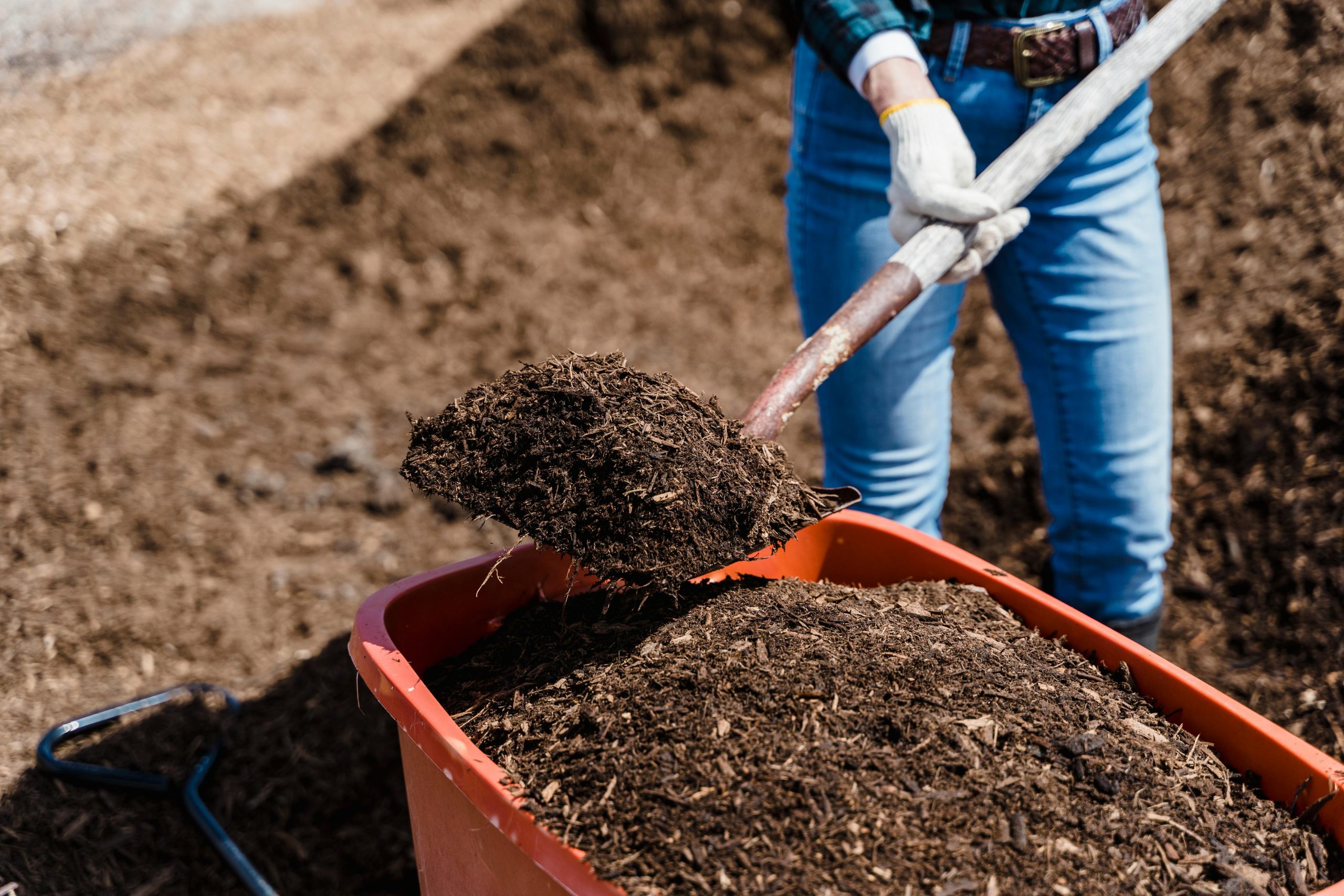
Waste is inevitable, but it doesn’t have to go to landfills. Sustainable homesteaders turn waste into resources, creating a circular system that benefits both the environment and the farm.
- Composting: Turn food scraps, garden clippings, and livestock manure into rich, organic compost that nourishes your soil. A properly managed compost pile reduces waste while enhancing productivity.
- Repurposing Materials: Old pallets can become garden beds, tires can be turned into planters, and broken tools can find new life in creative projects. Repurposing not only saves money but also reduces your environmental impact.
- Recycling: Set up designated bins for glass, plastics, metals, and paper to ensure that recyclable materials are properly handled.
Waste reduction goes beyond practical benefits—it instills a mindset of resourcefulness and creativity, which is invaluable on any homestead.
Biodiversity and Habitat Preservation
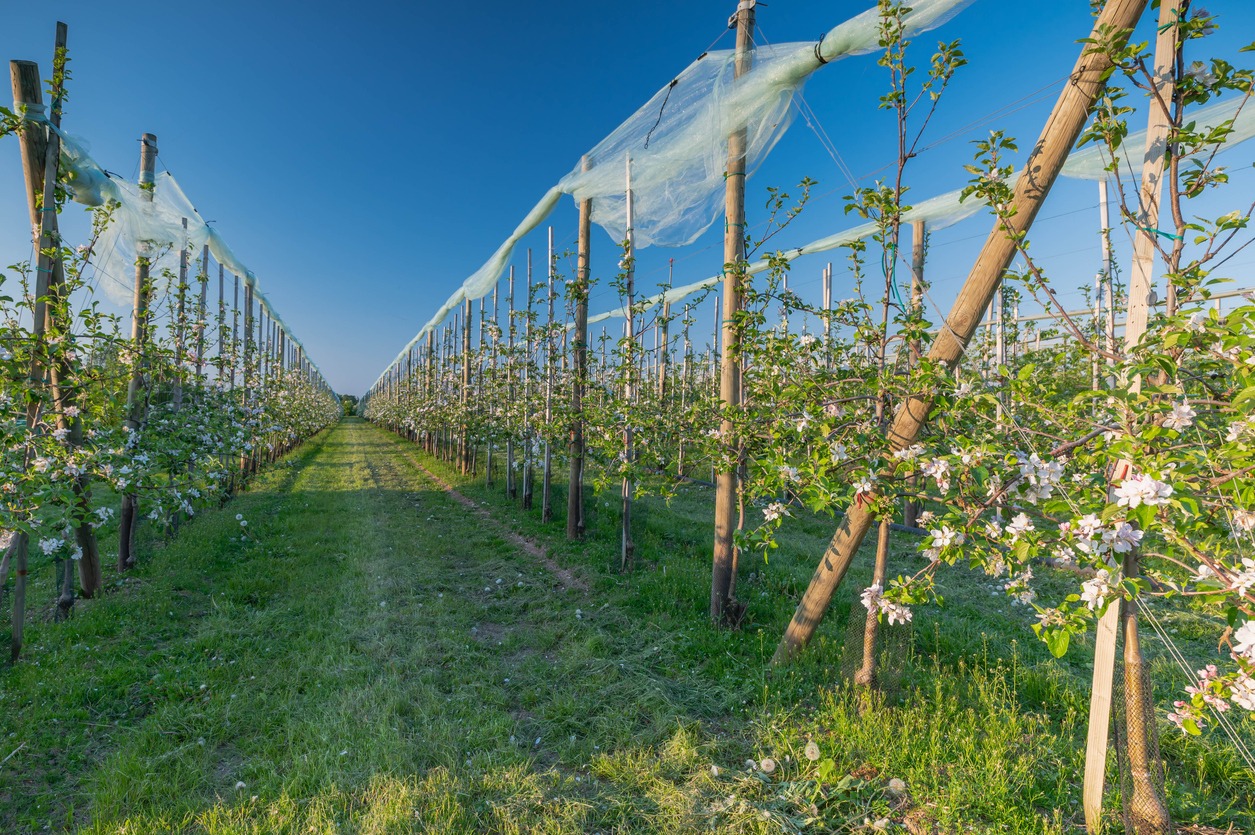
A biodiverse homestead is a resilient one. By fostering a variety of plant and animal species, you create a self-sustaining ecosystem that’s less vulnerable to pests, diseases, and climate shifts.
- Plant Native Species: Native plants are well-adapted to local conditions, require less maintenance, and provide food and shelter for wildlife.
- Agroforestry: Integrate trees and shrubs with crops or livestock to create layered systems that mimic natural ecosystems. This practice enhances biodiversity, improves soil health, and increases yields.
- Pollinator Habitats: Bees, butterflies, and birds are essential for pollination. Plant a variety of flowering plants, create water sources, and avoid pesticides to support these vital creatures.
Creating hedgerows and wildlife corridors further enhances habitat preservation, ensuring that your homestead supports biodiversity both above and below ground.
Local Food Systems Development
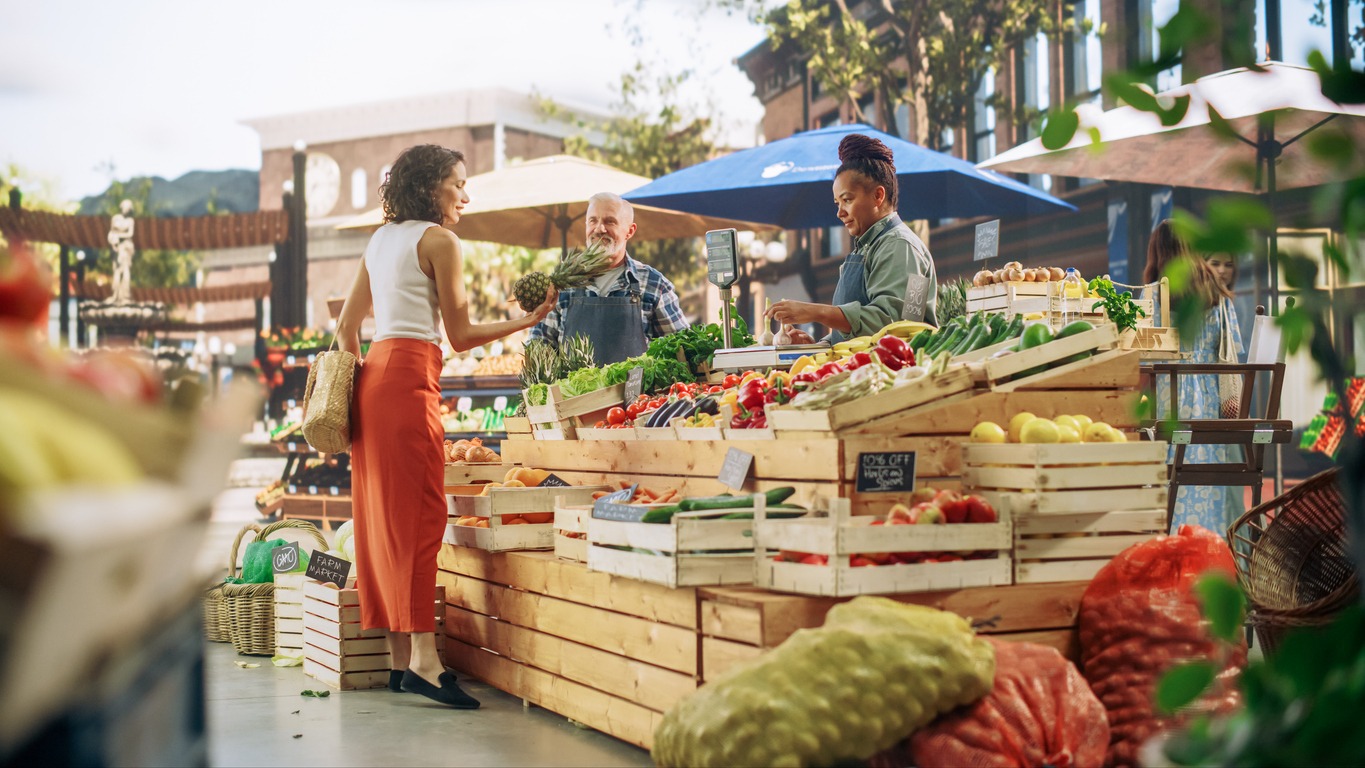
Homesteaders are uniquely positioned to contribute to local food systems, strengthening community resilience and reducing food miles.
- Farmers’ Markets: Selling your produce locally connects you with your community while providing an additional income stream.
- Community-Supported Agriculture (CSA): By offering seasonal shares of your harvest, you create a steady customer base and reduce financial risks.
- Urban Farming Initiatives: Partner with urban farmers or community gardens to expand your reach and share resources.
Engaging in local food systems not only benefits your homestead but also strengthens your community, creating a more sustainable future for everyone.
Conclusion
Sustainable farming practices empower homesteaders to live in harmony with nature while reaping the rewards of a productive and resilient homestead. By focusing on soil health, conserving water, managing pests naturally, and embracing renewable energy, you can create a thriving ecosystem that benefits both your family and the planet. Start small, experiment with these techniques, and watch as your homestead transforms into a model of sustainability and abundance. The journey may require effort, but the rewards—for you and future generations—are well worth it.

